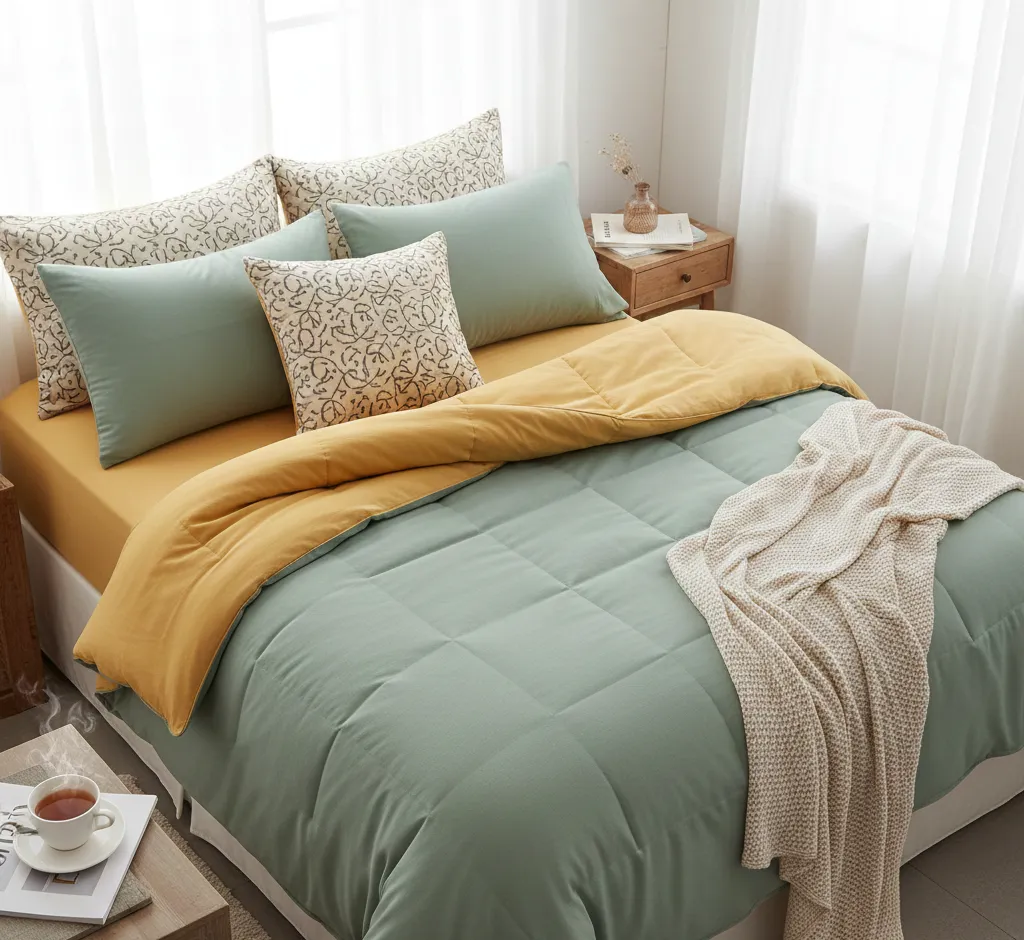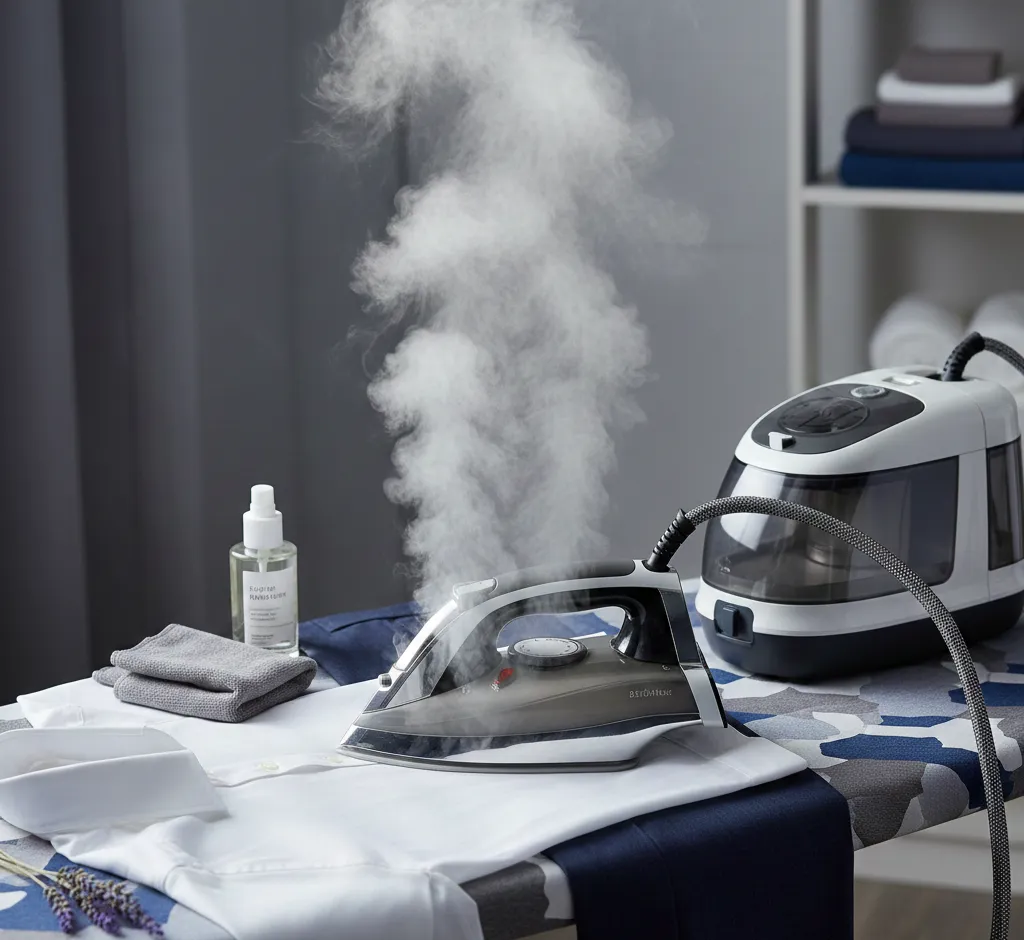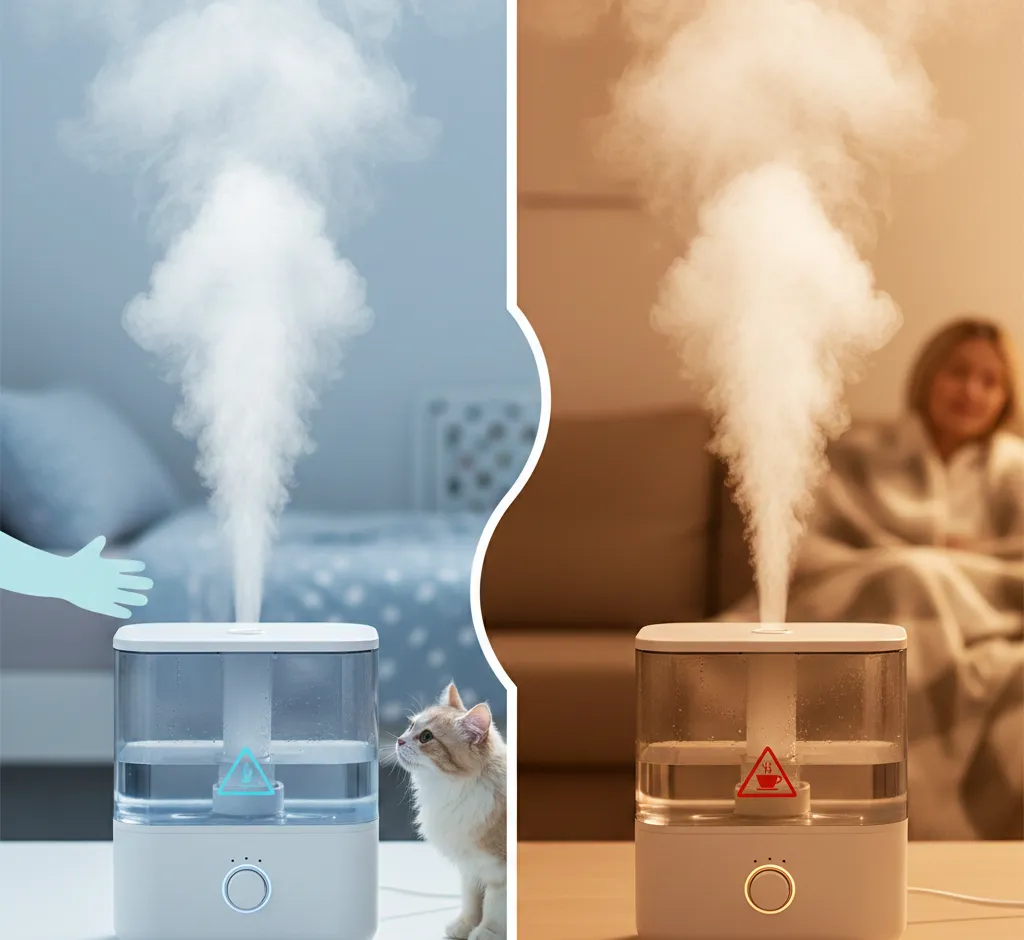The Ultimate Guide to Picking Reversible Comforter Sets Easily: Double the Style, Double the Comfort
Double your style and comfort! Learn the essential criteria for picking reversible comforter sets easily, covering fill material, shell fabric, construction, and color strategy for the best two-in-one bedding value.

The Ultimate Guide to Picking Reversible Comforter Sets Easily: Double the Style, Double the Comfort
In the world of home décor and bedding, **reversible comforter sets** are the unsung heroes of versatility and value. They are the quick-change artists of your bedroom, offering two distinct looks for the price of one and the effortless ability to refresh your space with a simple flip. But with countless options on the market—from luxurious down alternatives to innovative microfiber blends—how do you choose the perfect set for your comfort, style, and budget?
This comprehensive guide will break down the essential factors for picking reversible comforter sets easily, ensuring your final choice is one you'll love for years to come.
Choosing a reversible set is more than just a matter of convenience; it’s a strategic design decision. It provides **seasonal adaptability**, allowing you to switch between a light and dark color palette, or a bold pattern and a subtle solid, to match the shifting moods of the year. Furthermore, it's the ultimate tool for **managing a décor budget**, effectively cutting your bedding investment in half without compromising on quality or aesthetics.
Evaluating Your Needs: The Core Criteria for Selection
Before diving into fabrics and colors, start by answering a few fundamental questions about your sleeping environment and personal preferences. This will narrow down the vast field of choices significantly.
1. Temperature and Fill Material: Finding the Perfect Loft
The fill, or the insulation inside the comforter, dictates its warmth and overall feel. Reversible comforters are available in a variety of materials, each suited to different climates and sensitivities.
- Down and Down Alternative: Down is the gold standard for warmth-to-weight ratio, offering luxurious loft. **Down alternative** (usually polyester fill like microgel or microfiber) is the best choice for allergy sufferers, offering similar fluffiness and warmth without the potential allergens.
- Cotton: Excellent for year-round comfort, particularly in warmer climates. Cotton fill is breathable and tends to lie flatter, offering a crisp, clean look.
- Wool: A fantastic natural insulator that wicks moisture away, keeping you cool in the summer and warm in the winter. Ideal for those who experience fluctuating body temperatures.
Understanding Fill Power and Weight
For down/down alternative, look at the **fill power** ($FP$), which indicates the quality and fluffiness. A higher number (e.g., $600$-$800 FP$) means better insulation and loft. For overall warmth, consider the comforter's **weight**—lightweight for summer or year-round use in temperate homes, and medium to heavy for colder climates.
2. Shell Fabric: The Feel and Durability Factor
The shell is the fabric that encases the fill and is what you'll touch every night. This choice significantly affects the comfort, longevity, and appearance of your reversible set.
- Microfiber: Extremely soft, wrinkle-resistant, and highly durable. Microfiber is usually the most budget-friendly and is excellent for sets that will be washed frequently.
- Cotton (Percale or Sateen):
- **Percale:** Known for its crisp, matte finish and cool feel, similar to a classic button-down shirt. Perfect for hot sleepers.
- **Sateen:** Features a silky, lustrous finish and a heavier drape. It feels incredibly soft and luxurious, though it can trap a little more heat.
- Tencel/Lyocell: A sustainable, plant-based fabric prized for its exceptional breathability, moisture-wicking properties, and smooth, soft texture. A premium choice for sensitive skin.
Pro Tip: Look for a higher **thread count** (typically $250$-$400$) in cotton shells for a smoother feel and greater durability, especially since a reversible comforter will see twice the use!
3. Construction Type: Keeping the Fill in Place
The way the comforter is stitched is critical to preventing the fill from shifting, which can cause cold spots and clumping. Reversible comforters commonly use two types of construction:
- Box Stitch (or Sewn-Through): The shell fabric is stitched through in a grid pattern. This is the most common and cost-effective method, ensuring the fill stays evenly distributed, especially with lighter fills like cotton or polyester.
- Baffle Box: Fabric strips sewn between the top and bottom layers of the shell create three-dimensional compartments. This premium method allows the fill (often down) to reach its maximum loft without shifting and is common in higher-end sets.
The Design Advantage: Maximizing Reversibility
The core appeal of a reversible comforter lies in its aesthetic flexibility. When choosing your colors and patterns, think of them not as two separate pieces, but as two parts of a unified **style strategy**.
4. Color Palette and Pattern Strategy
The magic of reversibility is in the contrast. The best reversible sets offer a smart, complementary pairing:
- Solid/Solid Contrast: The most flexible option. A classic pairing is a **Neutral Side** (e.g., Charcoal Grey, Cream, Navy) and a **Pop-of-Color Side** (e.g., Mustard Yellow, Teal, or Sage Green). This allows you to quickly adjust the mood of your room without changing any accessories.
- Pattern/Solid Pairing: A versatile choice where one side features a bold pattern (like geometric, floral, or plaid) and the other is a complementary solid color. This is excellent for pattern lovers who sometimes need a visual 'rest' or want the freedom to add patterned throw pillows.
- Pattern/Pattern Pairing: This is the boldest choice. It often involves two patterns from the same design family (e.g., a large paisley on one side and a smaller coordinating stripe on the other). Only choose this if both patterns align perfectly with your décor.
5. Size and Drop: The Drape Effect
Reversible comforters can sometimes be slightly thicker due to the double layer of fabric, so getting the size right is crucial for a luxurious drape. Always check the **actual dimensions** (in inches or centimeters), not just the size label (Full/Queen, King, etc.). A good comforter should offer a generous “drop”—the amount of fabric that hangs over the sides of the mattress—to fully cover the mattress and box spring.
- Standard Queen: Typically $90'' imes 90''$ ($229 cm imes 229 cm$).
- Oversized Queen/King: Look for lengths and widths that are $5''$-$10''$ larger to accommodate deep mattresses and ensure a dramatic, hotel-style drape.
Value, Care, and Longevity
6. The Total Set Value: What's Included?
Most reversible comforter *sets* include more than just the comforter itself. Always check the contents:
- **The Comforter:** The star of the show.
- **Pillow Shams:** Usually two (one for Twin sets). Ensure the shams also feature the reversible design, offering you the choice of having all pillows match one side, or alternating for a layered effect.
- **Decorative Pillows/Bed Skirts:** Some comprehensive sets include coordinating throw pillows or a bed skirt, which can be a great bonus value.
7. Care and Maintenance: Washability is Key
Because these sets see double the action, ease of care is paramount. Look for the label **“Machine Washable”** or **“Machine Wash Cold, Tumble Dry Low.”** High-quality microfiber and most down alternative fills are simple to wash at home in a large-capacity washer, saving you significant dry cleaning costs over the life of the product. Always check the weight, as heavier comforters may require a commercial laundry machine.
Final Checklist for Your Perfect Reversible Comforter
Use this quick checklist during your final selection process to ensure you’ve covered all the bases:
- ✅ **Fill Material:** Is it Down Alternative (for allergies) or Natural (for breathability)?
- ✅ **Shell Fabric:** Is it soft, durable, and suited to my sleeping temperature?
- ✅ **Construction:** Is the fill secured with Box Stitching or Baffle Box design?
- ✅ **Design:** Do the two sides offer a versatile, complementary contrast?
- ✅ **Size:** Are the dimensions generous enough for a full, elegant drape over my mattress?
- ✅ **Care:** Can I easily wash it at home in my machine?
Choosing a reversible comforter set is a smart investment in both comfort and style. By focusing on the quality of the fill and fabric, and strategizing the color combination, you can easily select a set that will instantly elevate your bedroom, giving you two beautiful looks for the price of one.


